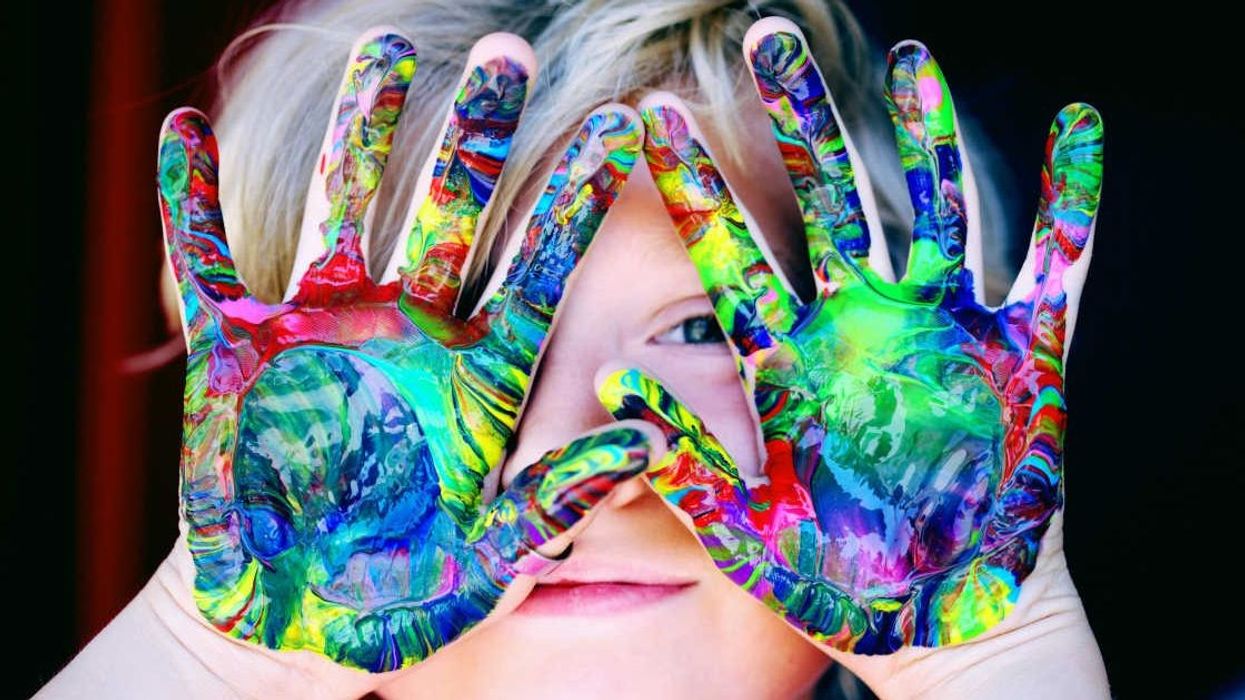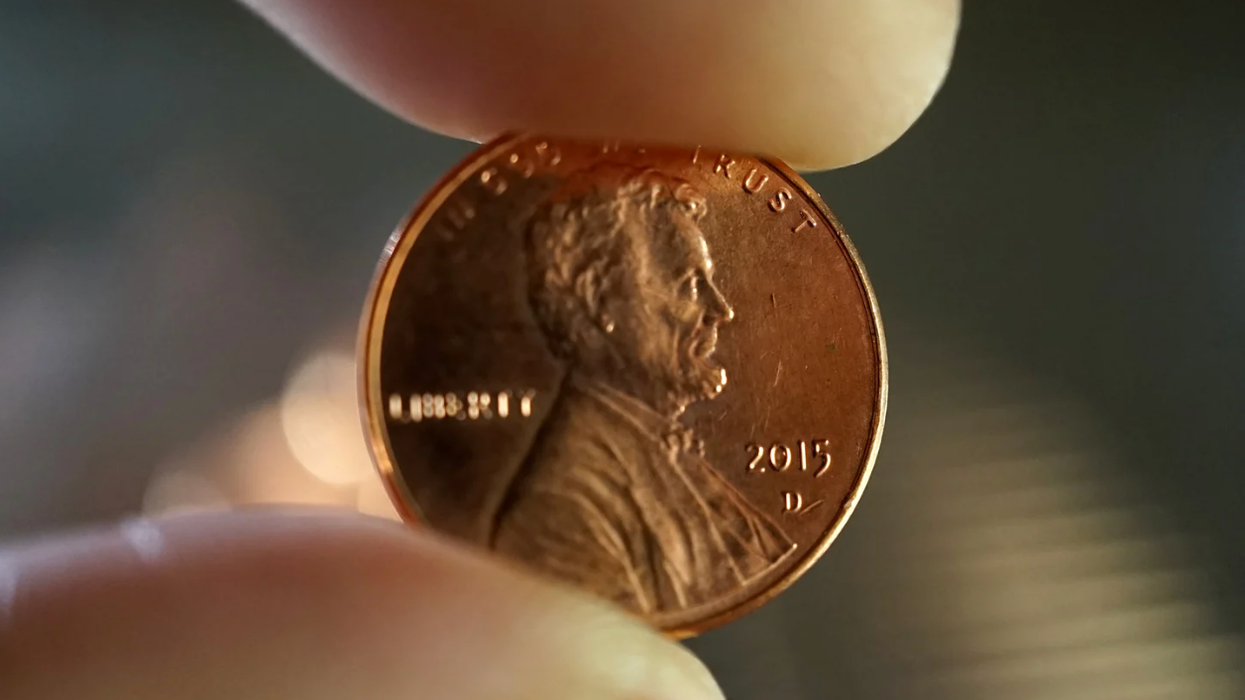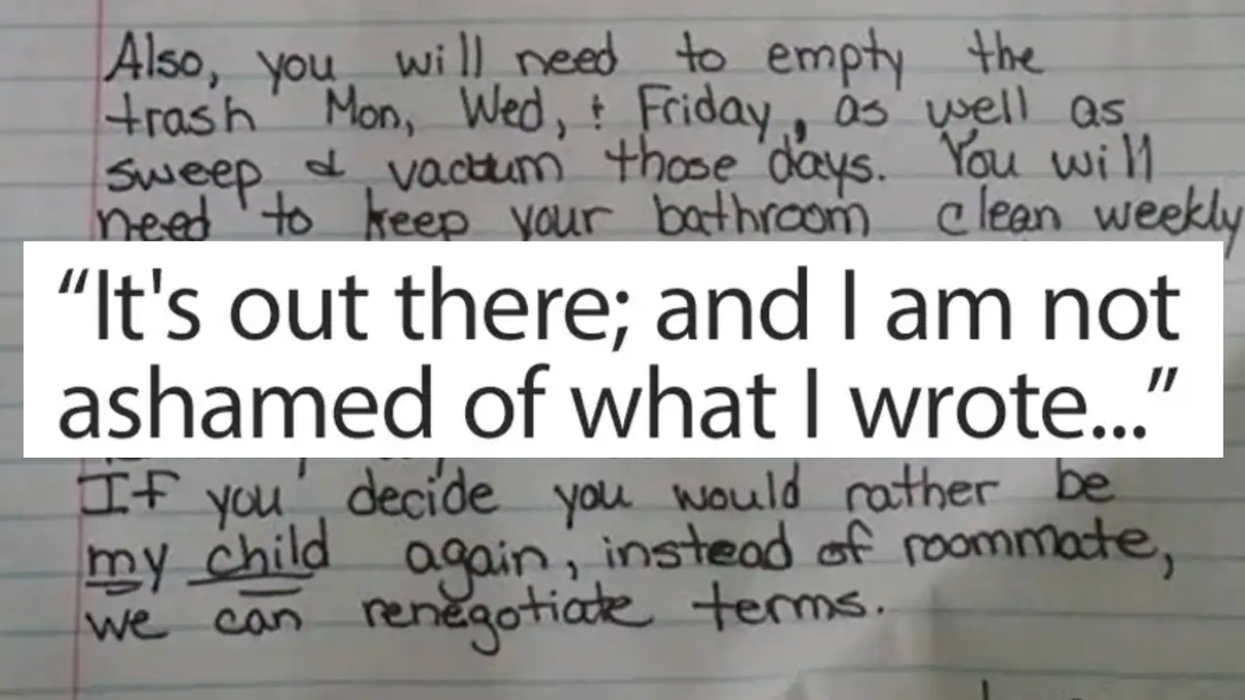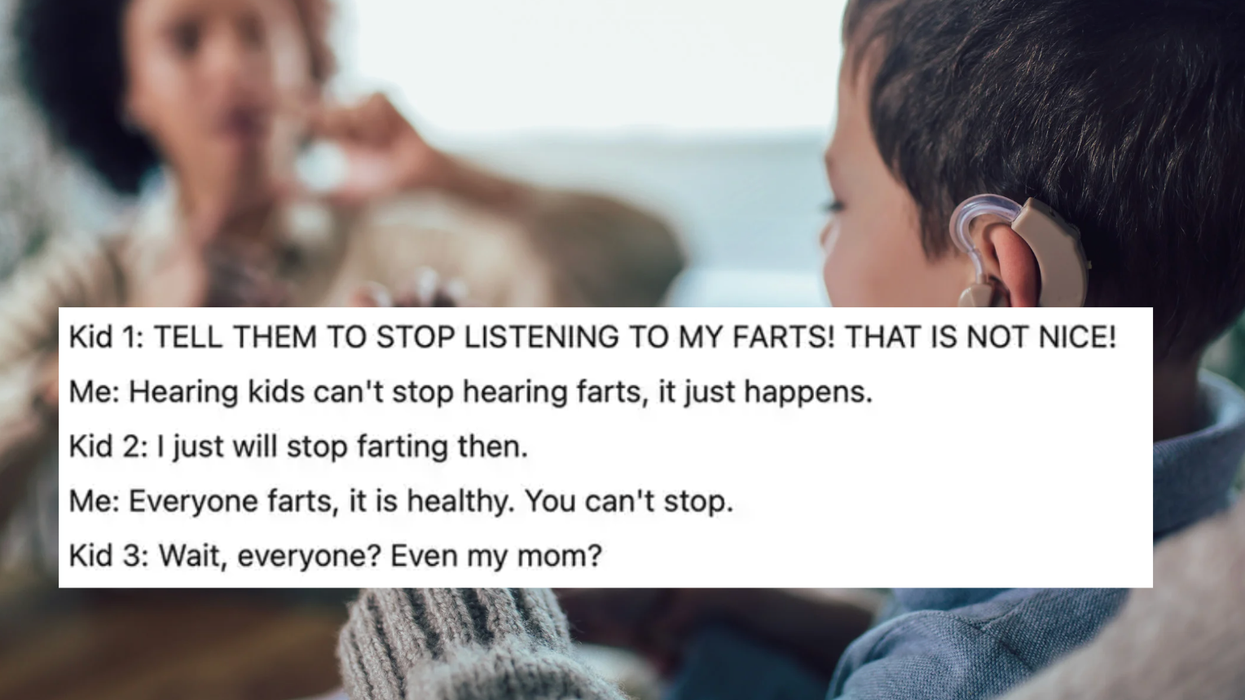design mind on GOOD is a series exploring the power of design by the editors of design mind magazine. This is the fourth installment in a miniseries within that blog, and it will run every Thursday for six weeks.
Late one fall, my colleague Adam Richardson and I showed up at a house in the San Francisco Bay Area to do research for a major consumer-electronics company looking to create an external hard drive for a market already inundated with them. We were doing a contextual inquiry—a research technique that includes photos, video, and interviews. Our goal was to understand the nature of how people think about their digital collections (photos, music, data etc.) by understanding how they think about their physical collections.
We were greeted by Jane, a married mother of one. We immediately noticed open cardboard boxes and tons of stuff all over the living room. It turns out Jane’s daughter was sending care packages to Katrina victims, but as we looked around, we realized that this wasn't anomalous: The entire house was filled with clutter. There wasn’t a table, chair, shelf, countertop, or section of floor that didn’t have a pile of things on it.
Some of the stuff was the everyday detritus of life, like mail, soccer equipment, and food on the kitchen counters, but mostly it was an assortment of collections. Jane’s husband had an entire room devoted to sports memorabilia. She had a spoon collection mounted in display cases in the hallway.
Upstairs, while we looked around their in-law suite, Jane walked over to a dishwasher in the small attached kitchen. “We found a place for our daughter’s Barbie collection,” she said, pulling open the dishwasher door to reveal racks brimming with buxom, blond-haired dolls.
What we learned from this and other visits on the project was that, first, almost everyone collects something. Second, everyone puts a value on their collections. And finally, many people like to actually display and organize their collections, but they often don’t know how to do so. Clearly, Jane’s family was having trouble coping with all of their physical stuff. Our research helped us create software tools with built-in suggestions about how to categorize, search, and manage digital collections.
A version of this piece appeared in the May 2009 issue of design mind magazine.
Next week: “Becoming a Girl Scout”
David Hoffer is a former associate creative director in frog’s San Francisco studio.
















 Otis knew before they did.
Otis knew before they did.